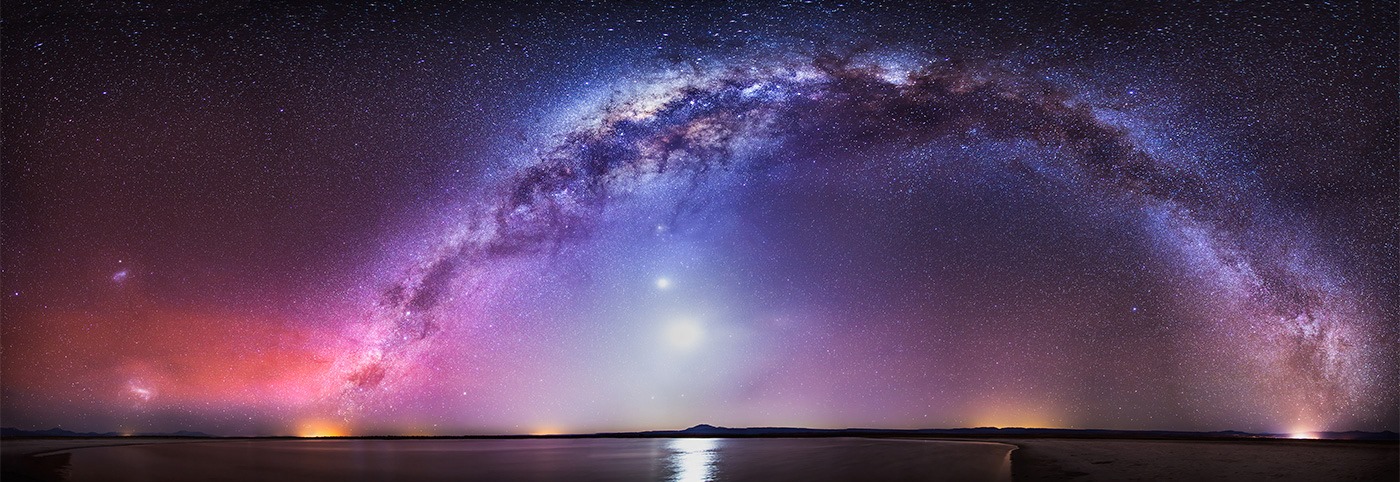Thomas Pesquet on Twitter
The tropopause usually limits the vertical extension of clouds … except for the most massive and daring ones 😉 https://t.co/cWXgLWgNgn pic.twitter.com/Bl6JblLwJE — Thomas Pesquet (@Thom_astro) December 28, 2016

The tropopause usually limits the vertical extension of clouds … except for the most massive and daring ones 😉 https://t.co/cWXgLWgNgn pic.twitter.com/Bl6JblLwJE — Thomas Pesquet (@Thom_astro) December 28, 2016
If you could stand on Mars — what might you see? If you were the Curiosity rover, then just last month you would have contemplated the featured image — a […]
http://ift.tt/2iEtwJq
The amazing adventures of #Rosetta and Philae – the full story https://t.co/JVPOeYnbxW — ESA (@esa) December 28, 2016
Soyuz and Progress flying in formation above the desert, for a change: 70% of our planet is water https://t.co/7rQLT1wydz #Proxima pic.twitter.com/NhO4jEoC4U — Thomas Pesquet (@Thom_astro) December 28, 2016
European Probe Snaps Color Photos of Martian Moon #Phobos @ESA https://t.co/O6Up3MjGxj pic.twitter.com/FhZIwxDbva — SPACE.com (@SPACEdotcom) December 28, 2016
Holiday Cookie Decorating Contest! They took it seriously! pic.twitter.com/9E5C7sTAgo — Peggy Whitson (@AstroPeggy) December 27, 2016
Fantasy can change reality. I wanted to be Luke: I hope my daughters want to be Princess Leia. Thank you Carrie. — Luca Parmitano (@astro_luca) December 27, 2016
#OTD 28 December 2005 launch of first #Galileo navigation test satellite #Giove A on #Soyuz from Baikonur Cosmodrome @GalileoGNSS @ESA_Tech pic.twitter.com/HlmSKfWcOu — ESA space history (@ESA_History) December 28, 2016
New VMC Images direct from Mars! 10 images taken 27.12.2016 https://t.co/fwSs4cJFKi #marswebcam pic.twitter.com/YPrhXkjXWI — VMC – Mars Webcam (@esamarswebcam) December 27, 2016